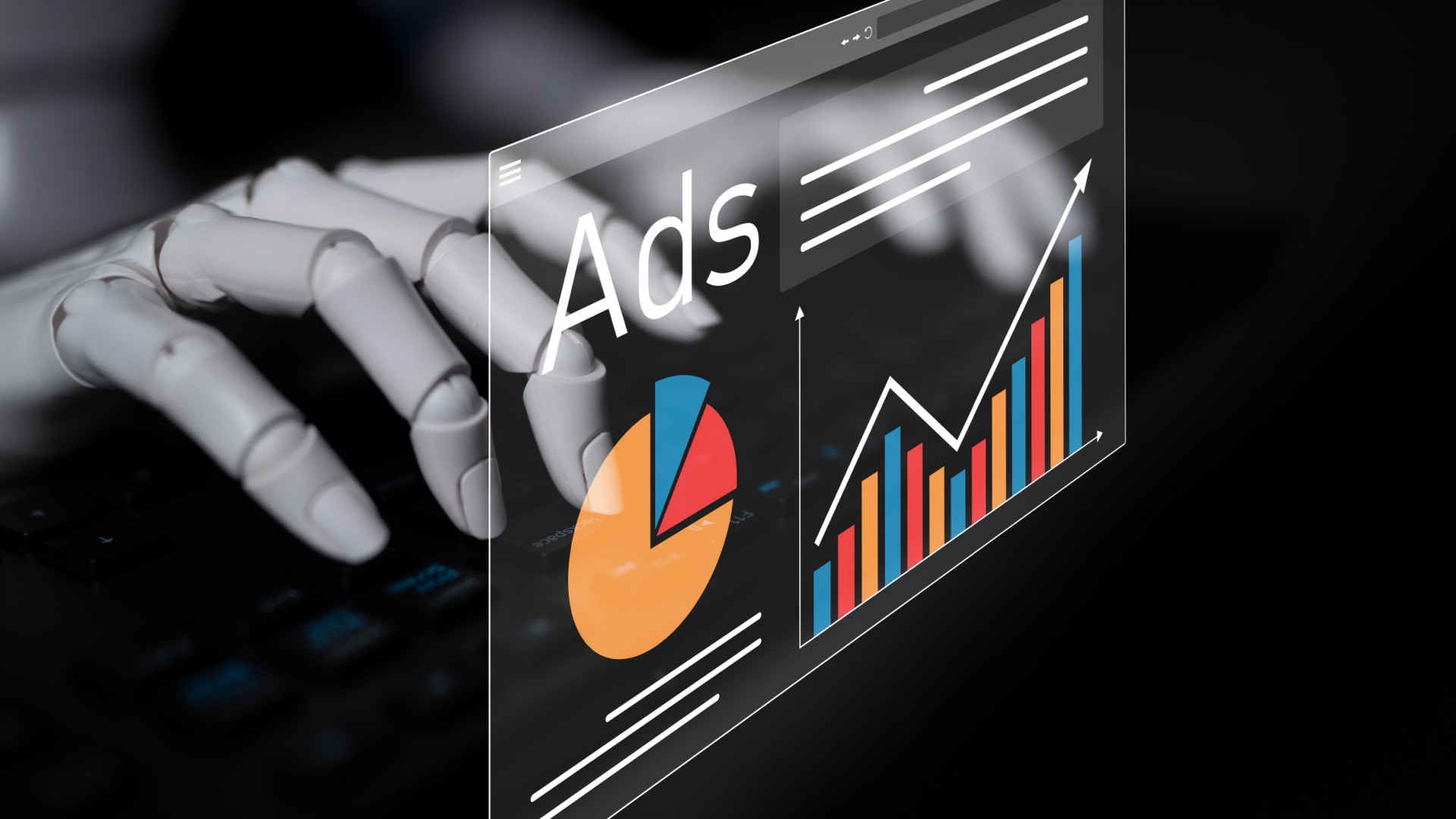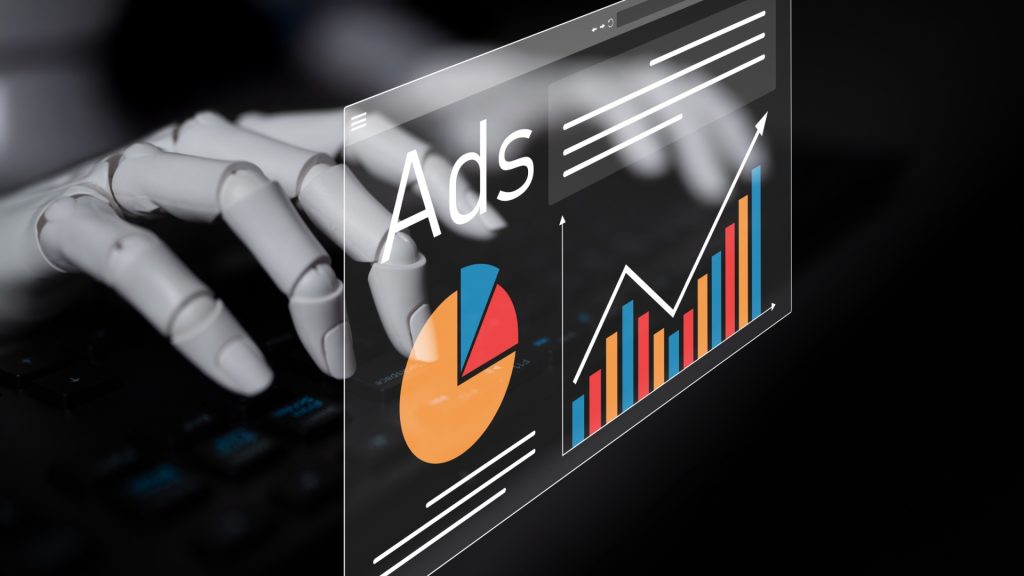How to get smarter with AI in PPC

AI has quickly become the dominant topic in the PPC industry.
If 2024 was the year of will-Google-or-won’t-Google finally kill cookies, 2025 is the year AI has taken over the conversation.
From Google’s Performance Max to Meta’s Advantage+ – and with Mark Zuckerberg predicting that AI will fully run Meta ad campaigns by 2026 – automation now shapes nearly every aspect of paid media.
Our role has shifted to guiding these systems with the right inputs, constraints, and context.
Just as important is knowing how to use AI tools outside the ad platforms to work smarter and drive efficiency.
This article shares key caveats, recommendations, and real examples of how my agency applies AI responsibly across client campaigns.
What to watch out for when using AI
It’s now common wisdom – though still often ignored – that you can’t rely on AI to produce accurate, ready-to-use results. These tools need clear input and expert human QA to work well.
If your output needs to be at least 80% accurate, either skip AI where possible or plan to spend time refining prompts and triple-checking results.
Most AI tools can give you directional guidance with solid prompting, but if you need anything above a B, don’t trust it blindly.
Another challenge is inconsistency.
The same tool can deliver strong results one day and nonsense the next – even as it’s supposedly learning from your usage.
Never assume your next prompt will perform like the last.
Speaking of prompts…
How to get better results from your prompts
Be clear and specific. Define the topic, tone, length, and response format.
Bad prompt:
- “Create some ad copy for my business.”
Better prompt:
- “Write three variations of LinkedIn ad copy (under 150 characters each) for a boutique performance marketing agency. The ads should target growth-stage SaaS companies looking for efficient customer acquisition. Use a professional yet approachable tone, highlight ROI and transparency, and include a strong CTA to book a consultation.”
After each prompt, give the GPT tool feedback – prompting is iterative.
Evaluate the output, then give precise directions to move closer to what you need.
And always QA everything. AI tools can hallucinate, and polished answers don’t always hold up in practice.
Get the newsletter search marketers rely on.
See terms.
Protecting data while using AI tools
Even privacy-minded people often get careless when using GPT – a mistake, since that data is being collected, whether or not it’s used in ways users expect.
Never share personally identifiable information (PII), yours or anyone else’s.
Remove names, emails, and other identifiers before entering data into any AI tool.
Whenever possible, use enterprise plans that include admin controls, data retention settings, and encryption.
As my former boss liked to say: if you’re not paying for the product, you are the product.
Where AI delivers the most value today
With those guardrails in place, here are a few ways AI tools have delivered immediate value in my agency’s client work:
- Content creation: Ad copy, website copy, and related assets.
- Formulas and scripts: Data manipulation or Google Ads automation.
- Data analysis: Qualitative and quantitative, especially for organizing notes and finding trends.
- High-level strategy ideation.
- Quality assurance: Feedback on decks, copy, and other deliverables before stakeholder review.
One area worth special attention is research, particularly competitor and audience research.
For competitor research, I start with this prompt:
- “Research the advertising strategies and audience targeting used by [competitor 1] and [competitor 2] for their [product/service]. Distill 3–5 actionable lessons we can apply to better reach our specific target audience (include gaps or missed opportunities they haven’t capitalized on). Present insights in a clear, structured format with examples of ads, landing pages, or campaigns where possible.
And here’s my starting prompt for audience research:
- “Provide a detailed analysis of how [demographic details] evaluate and purchase [product]. Cover the following:
- Platforms and Media Habits: Key digital channels (search, social, review sites, forums, marketplaces, etc) used at each funnel stage (awareness → consideration → purchase).
- Price Sensitivity and Purchase Drivers: How pricing, ROI, and competitor comparisons shape decisions. Include typical budget ranges, switching behavior, and value levers.
- Influencers and Trust Sources: Who/what drives credibility (peers, analysts, events, reviews, communities).
- Channel-Specific Targeting Tactics: For each major platform (Google, LinkedIn, Meta, Reddit, TikTok, industry networks), outline the most effective targeting options.
- Challenges and Frictions: Common blockers and ways to overcome them with messaging or offers.
- Actionable Strategies: End with 3-5 specific marketing recommendations (e.g., channel mix, creative angles, offers, targeting plays).”
Again, prepare to iterate on the answers here. With 2-3 thoughtful follow-ups, you’ll have a wealth of info to reference in building or optimizing your strategies.
Building AI fluency across your team
The AI tool landscape is expanding fast, with thousands of companies racing to launch new capabilities.
Whether you’re in-house or at an agency, make sure someone on your team is responsible for researching new tools, cross-training others, and keeping knowledge-sharing part of your weekly rhythm.
Human input will always create differentiated results – but teams that don’t develop AI fluency will be competing with one powerful hand tied behind their backs.







Recent Comments